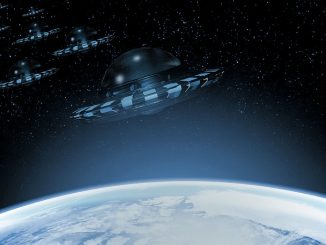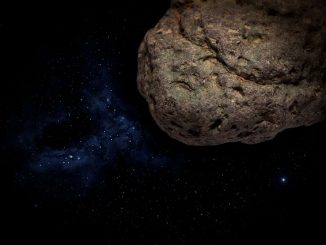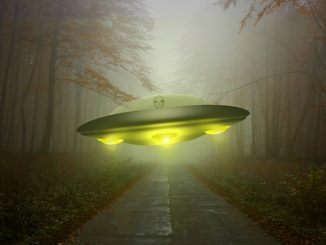
According to Einstein — the Father of Modern Physics — the speed of light remains unchanging. It’s the same as what it was before, what it is right now, and what it will be in the future. And we’ve all accepted it as fact. Until today.
Although the speed of light remains a constant right now, we have to be prepared for the possibility that there might be some changes. That Einstein’s theory of relativity may be wrong. And all the other laws of physics that we know might become open to contention as well.
It started in 1990 when the theory about light having variable speed was first proposed. Of course, it was not being given much attention then because it was challenging Einstein’s theories no less. It’s different this time because a testable prediction has now become possible, meaning, the theory’s validity can now be tested.
The theory that the speed of light is variable suggests that when the universe was in its early stages, the speed of light was higher than what it is today. As light travelled faster, the farther edges of the universe were able to get connected to each other as the universe continued its expansion. Eventually, as the density of the universe changed, the speed of light decreased as well. The varying densities of different structures in the universe resulting from the changing speed of light were recorded as a ‘spectral index’ on the cosmic microwave background (CMB) — a map of the oldest light in the universe. And it is this variability that prompted the thought-provoking theory that is in the limelight today.
According to the originators of the theory, Professor João Magueijo and Dr. Niayesh Afshordi, they were able to build a model that can be used to predict an exact figure on the spectral index. As readings about the figure become more accurate, they are also getting closer to the possibility of having it tested. And this will either confirm their version of the early universe, or debunk it.
On the other hand, there is an alternative theory that contradicts the variable speed of light theory. It’s known as the theory of inflation and it supports Einstein’s theory of relativity and all the other laws of physics that we know. According to the inflation theory, while the universe was in its early formation stages, it evened out as it was still relatively small, then expanded suddenly. But because our present universe appears to be consistent in terms of density, the question that arises is this: if the speed of light was always the same, how could light have travelled so quickly to the ends of the universe to even out the energy? It’s something we can’t test or answer now as it requires the presence of conditions that could only have existed at the time the universe was being formed.
And so we eagerly await the final results of the variable light theory. It’s not that we want the laws of physics to be redefined. We just want to know what really happened because within that information, we might also unravel what can still happen.
- Bulenox: Get 45% to 91% OFF ... Use Discount Code: UNO
- Risk Our Money Not Yours | Get 50% to 90% OFF ... Use Discount Code: MMBVBKSM
Disclaimer: This page contains affiliate links. If you choose to make a purchase after clicking a link, we may receive a commission at no additional cost to you. Thank you for your support!




Theories proposing variability of the speed of light were not new in the 1990’s in reference to the very early universe, according to the typical “Big Bang” theory. See https://www.scribd.com/document/46176208/The-Speed-of-Light-and-the-Big-Bang-Model-of-Creation, for examples and references to the idea.
The Abstract of that paper:
The best scientific model of the origin of the universe depends upon an extrapolation backwards from the current, expanding universe to a spatially more compact one, the ultimate origin of which was a unique “Big Bang”.
Although there can not be any meaningful physical law to extrapolate to events before or during the Big Bang, it is nevertheless possible to connect the Big Bang with nearby events, before and after, by means of reasonable but arbitrary assumptions.
In this essay, I suggest that the speed of light has varied during the earliest Big Bang events, and that the speed of light, not the lapse of time, is the best measure by which to sequence those events.
This is nothing new. The Russian astrophysicist Nikolai Kozyrev discovered that there is something faster than the speed of light in the last century already. Einstein did not exclude this idea, it it built on Minkowskian mechanics rather than on quantum physics.
If you take the (constants) defineing permeability and permittivity,
mulitply the two values, take the square root of that and devide into one (one over value); you have the speed of light.
Change eather of those two values and you come up with a different result; this is how optics works BTW.
The problem is that we are forced to use C as our measuring stick and C looks the same every time to us (speed of light affects ‘clock’ time).
So I can see where there might have been a different value for C early on, however, all of what I see suggests a slower speed of light not faster.